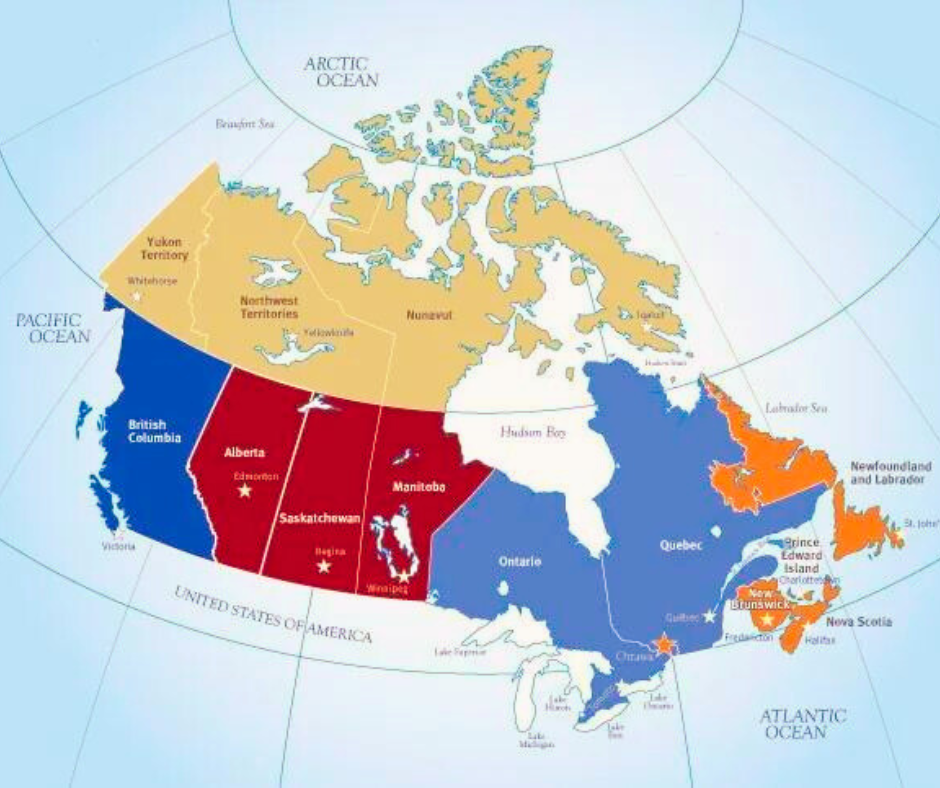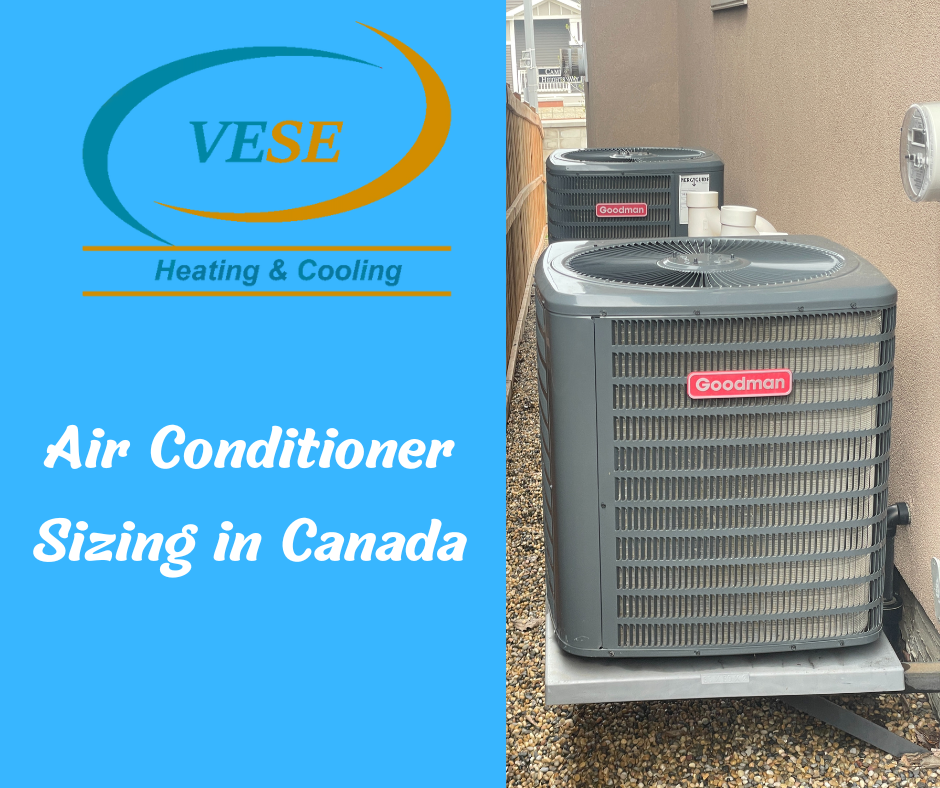Choosing the right air conditioner (A/C) for your Canadian home is crucial for optimal cooling efficiency, energy savings, and comfort. To help you make an informed decision, here’s a comprehensive guide on sizing an air conditioner based on your home’s square footage and Canada’s diverse climate zones.
Understanding Climate Zones in Canada
Canada’s expansive geography features various climate zones, each with unique cooling requirements. These zones can be categorized as follows:
- Zone 1: Coastal and Maritime (British Columbia)
- Characteristics: Mild winters and cool summers.
- Cooling Requirement: Lower BTU capacity due to moderate temperatures.
- Zone 2: Prairie Provinces (Alberta, Saskatchewan, Manitoba)
- Characteristics: Hot summers and cold winters.
- Cooling Requirement: Moderate to high BTU capacity.
- Zone 3: Central Canada (Ontario, Quebec)
- Characteristics: Hot, humid summers and cold winters.
- Cooling Requirement: Higher BTU capacity to handle humidity and temperature.
- Zone 4: Northern Canada (Yukon, Northwest Territories, Nunavut)
- Characteristics: Short, cool summers and extremely cold winters.
- Cooling Requirement: Minimal BTU capacity due to cooler climate.
Calculating A/C Size Based on Square Footage
Air conditioner (A/C) unit sizes are measured in BTU/hour, a metric that indicates the cooling capacity needed per square foot of space. In Canada, the general rule of thumb is to use 10-15 BTU/hour per square foot. However, this calculation can vary based on several factors, including the specific climate zone of your region, insulation quality, sun exposure, ceiling height, and other home characteristics. Properly accounting for these factors ensures efficient cooling and optimal performance of your A/C unit.
| A/C SIZE (BTUS) | A/C SIZE (TONS) | HOME SIZE |
| 18,000 | 1.5 Tons | Up to 1,000 sq ft |
| 24,000 BTUs | 2.0 Tons | 1,000 – 1,600 sq ft |
| 30,000 BTUs | 2.5 Tons | 1,600 – 1,800 sq ft |
| 36,000 BTUs | 3.0 Tons | 1,800 – 2,400 sq ft |
| 42,000 BTUs | 3.5 Tons | 2,4000 – 2,800 sq ft |
| 42,000 BTUs | 4.0 Tons | 2,8000 – 3,200 sq ft |
| 60,000 BTUs | 5.0 Tons | 3,200 – 4,000 sq ft |

Adjusting for Climate Zones
Adjust the A/C size based on your specific climate zone in Canada:
- Zone 1 (Coastal and Maritime): Reduce the BTU requirement by 10-20% due to milder temperatures.
- Zone 2 (Prairie Provinces): Use the standard BTU guidelines. Adjust slightly higher for extremely hot areas.
- Zone 3 (Central Canada): Increase the BTU requirement by 10-20% to account for high humidity and temperature.
- Zone 4 (Northern Canada): Reduce the BTU requirement by 20-30% as cooling needs are minimal.
Additional Considerations
- Insulation: Well-insulated homes require less cooling power. Poor insulation can increase the required BTU rating.
- Sun Exposure: Homes with significant sun exposure may need additional cooling capacity.
- Ceiling Height: Higher ceilings increase the volume of air to be cooled, potentially requiring a higher BTU rating.
- Windows and Doors: More windows and doors can increase heat gain, impacting the cooling load.
Air Conditioner Sizing in Canada
Selecting the right size air conditioner for your home in Canada involves considering both the square footage and the specific climate zone of your region. By following these guidelines and adjusting for insulation, sun exposure, ceiling height, and other factors, you can ensure efficient cooling and comfort throughout the warmer months. Always consult with a professional HVAC technician to determine the precise requirements for your home.
For expert advice and professional HVAC services in Edmonton, contact VESE Heating & Cooling today.

